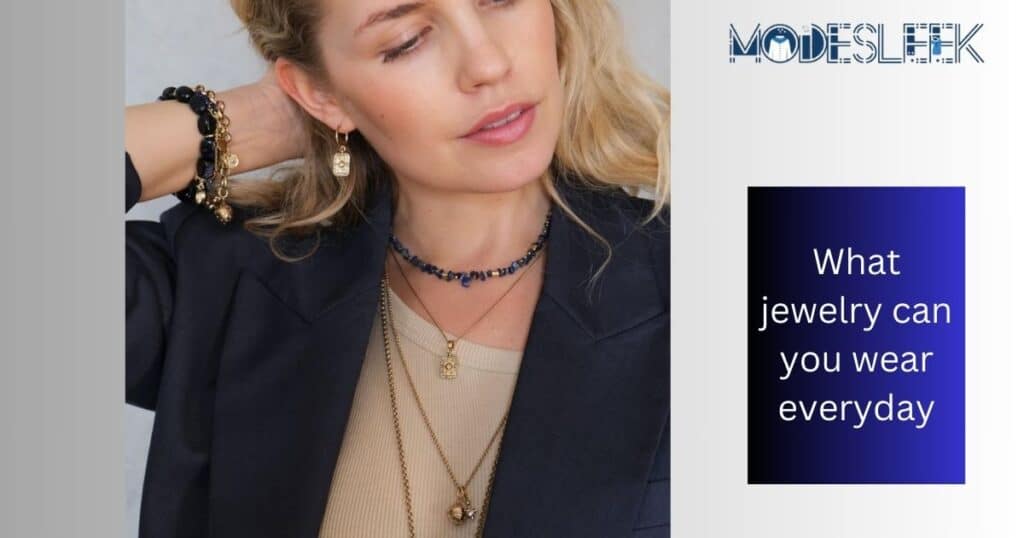Jewelry serves as a beautiful expression of personal style, and for many, it’s an essential part of their daily attire. However, selecting the right pieces to wear every day can be a challenge. Factors such as durability, maintenance, and skin sensitivity come into play when determining what jewelry is appropriate for daily wear. In this comprehensive guide, we’ll explore everyday jewelry, focusing on various materials, their characteristics, and tips for ensuring your jewelry remains beautiful and functional.
Understanding Everyday Jewelry
Everyday jewelry refers to pieces that can withstand the rigors of daily life while still looking stylish. This type of jewelry is often designed to be durable, easy to maintain, and comfortable to wear.
Characteristics of Everyday Jewelry
- Durability: Everyday jewelry should resist scratches, tarnish, and wear. Materials such as 10k gold, 14k gold, and platinum: are popular choices due to their robustness.
- Low Maintenance: Selecting pieces that require minimal care, like those made from tarnish-resistant materials, is ideal for daily wear. These items retain their beauty without demanding much attention, making them perfect for busy lifestyles.
- Hypoallergenic Properties: Opting for hypoallergenic jewelry is essential for those with sensitive skin. This choice ensures comfort, allowing individuals to wear their favorite pieces without irritation or allergic reactions. Prioritizing these properties helps maintain a stylish look while keeping your skin happy.
Popular Jewelry Materials for Daily Wear
When selecting jewelry for daily use, the material is crucial. Here are some of the most common options:
Gold Karat Types
Sure! Let’s expand on the topic of gold karat types, delving deeper into their characteristics, advantages, disadvantages, and ideal uses. This information will help you make informed decisions when selecting gold jewelry for everyday wear.
Understanding Gold Karat Types
Gold karat types serve as a crucial measure of gold’s purity in jewelry. The karat system indicates how many parts out of 24 are pure gold, with the remaining parts made up of other metals. These other metals, often referred to as alloying metals, can significantly impact the properties of the gold, including its color, strength, and durability.
10 Karat Gold (10k)

- Composition: 41.7% gold, 58.3% other metals (usually copper, zinc, or nickel).
- Durability: 10k gold durability is among the highest due to the significant amount of alloying metals. This composition makes it resistant to scratching and bending, making it an ideal choice for everyday jewelry such as rings, bracelets, and necklaces.
- Affordability: It is one of the most budget-friendly options, making it accessible for those who want beautiful jewelry without breaking the bank.
- Hypoallergenic: However, it may not be suitable for individuals with metal allergies, particularly if nickel is present in the alloy.
14 Karat Gold (14k)
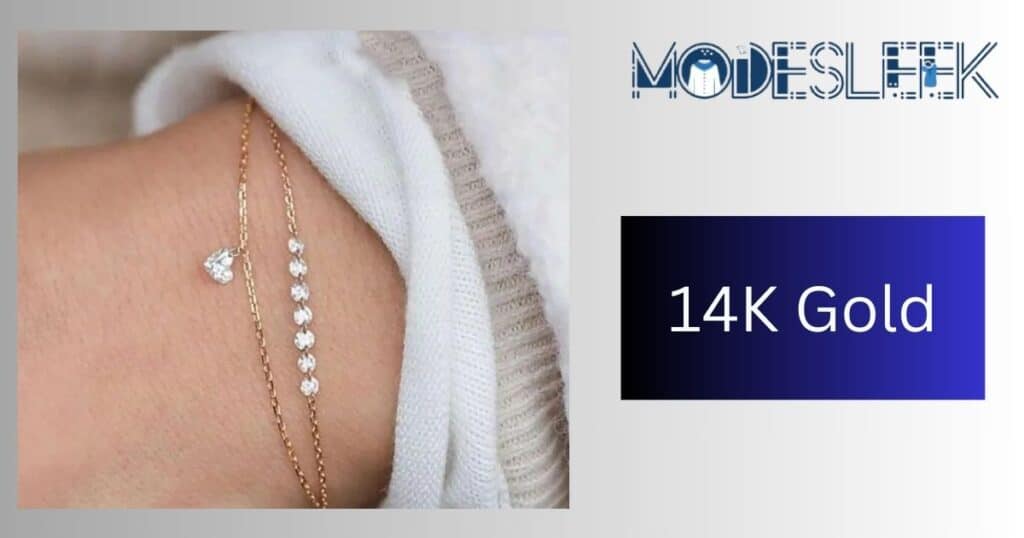
- Composition: 58.3% gold, 41.7% other metals.
- Wearability: 14k gold wearability offers a good balance between durability and gold content. This karat type is popular for fine jewelry, including engagement rings,necklaces, and bracelets. It retains a luxurious appearance while being sturdy enough for daily wear.
- Color and Finish: 14k gold can come in various colors, including yellow, white, and rose gold, allowing for versatile styling options.
- Maintenance: Though more resistant to scratches than higher karats, it may still require some care, especially with intricate designs.
18 Karat Gold (18k)
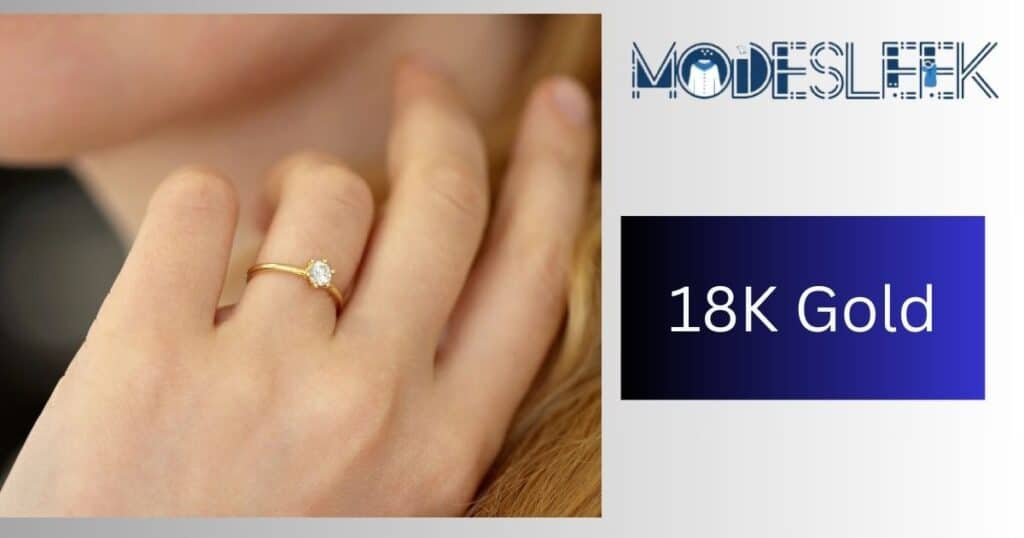
- Composition: 75% gold, 25% other metals.
- Luxury Appeal: 18k gold luxury is known for its rich, deep color and higher gold content, providing a premium feel. It is often preferred for special pieces and fine jewelry collections.
- Softness: While beautiful, 18k gold is softer than 10k and 14k options, making it more prone to scratches. This may limit its suitability for everyday wear, especially for rings or bracelets subjected to daily impacts.
- Hypoallergenic: It is generally hypoallergenic, making it suitable for those with sensitive skin.
22 Karat Gold (22k)
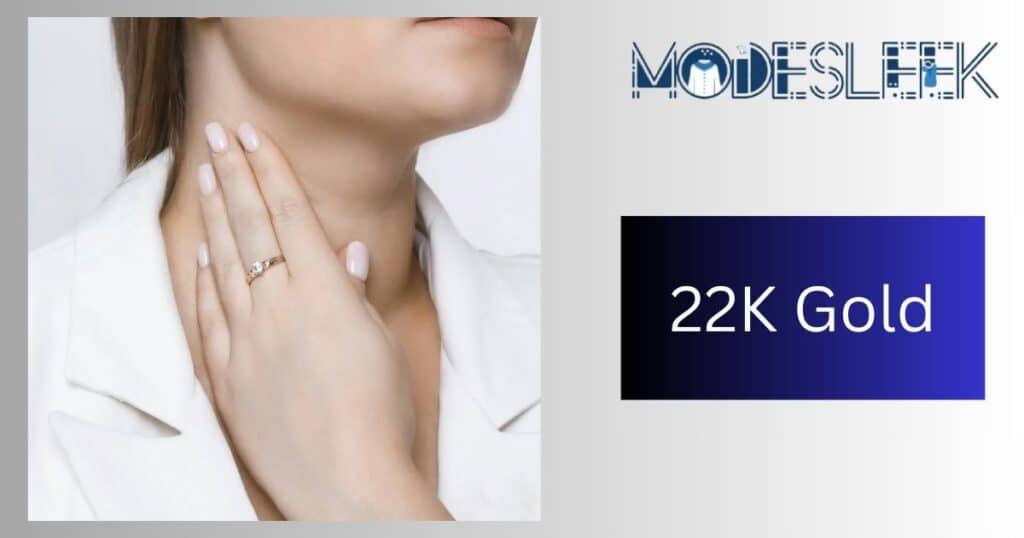
- Composition: 91.7% gold, 8.3% other metals.
- Ceremonial Use: 22k gold ceremonial use is often seen in traditional and cultural jewelry, such as wedding rings and heirlooms. While it has a beautiful, rich hue, its high gold content makes it quite soft.
- Occasional Wear: Due to its softness, 22k gold is less common for daily wear but can be worn in simple, durable designs like earrings or pendants.
- Reputation: It is often associated with luxury and prestige, making it a popular choice for gifts and significant life events.
24 Karat Gold (24k)
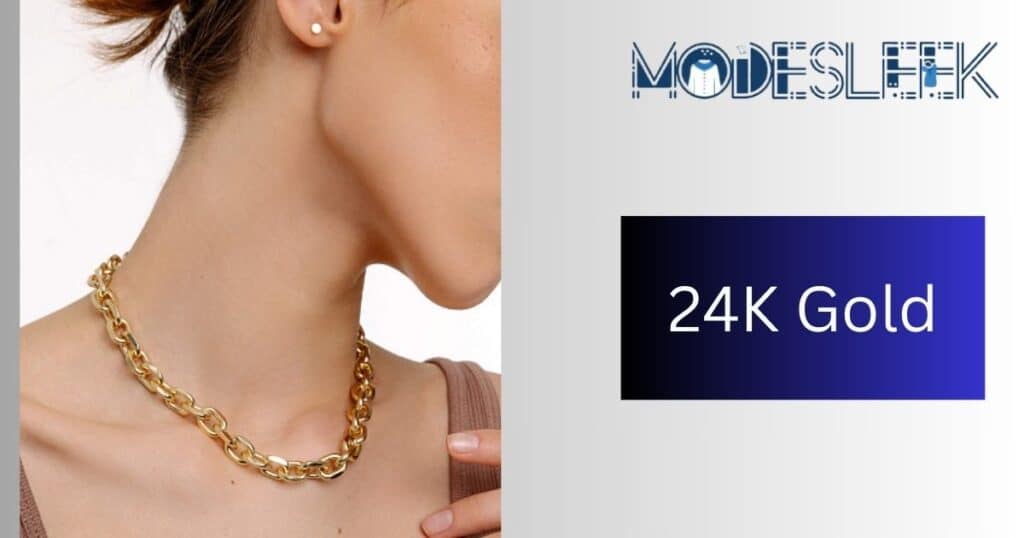
- Composition: 100% pure gold.
- Sensitive Skin: 24k gold for sensitive skin is excellent for individuals who may have reactions to other metals, as it contains no alloys. It is often used in medical-grade jewelry and high-end pieces.
- Malleability: However, its softness and malleability make it unsuitable for everyday wear. It scratches easily and can be damaged by everyday activities.
- Ideal Uses: Instead, it is typically reserved for ceremonial purposes, collector’s items, or specialty pieces that do not undergo daily wear and tear.
Advantages and Disadvantages of Gold Karat Types
| Gold Karat Type | Advantages | Disadvantages | Ideal Use |
|---|---|---|---|
| 10k | Durable, affordable, good for everyday wear | May cause skin irritation (if nickel present) | Casual jewelry, everyday pieces |
| 14k | Great balance of gold content and durability | Moderate softness; may require some maintenance | Engagement rings, necklaces |
| 18k | Rich color, hypoallergenic | Softer, more prone to scratches | Fine jewelry, special occasions |
| 22k | High purity, luxurious appearance | Soft, not suitable for daily wear | Ceremonial use, traditional jewelry |
| 24k | Pure gold, great for sensitive skin | Very soft, scratches easily | Special occasions, collectibles |
Silver Jewelry
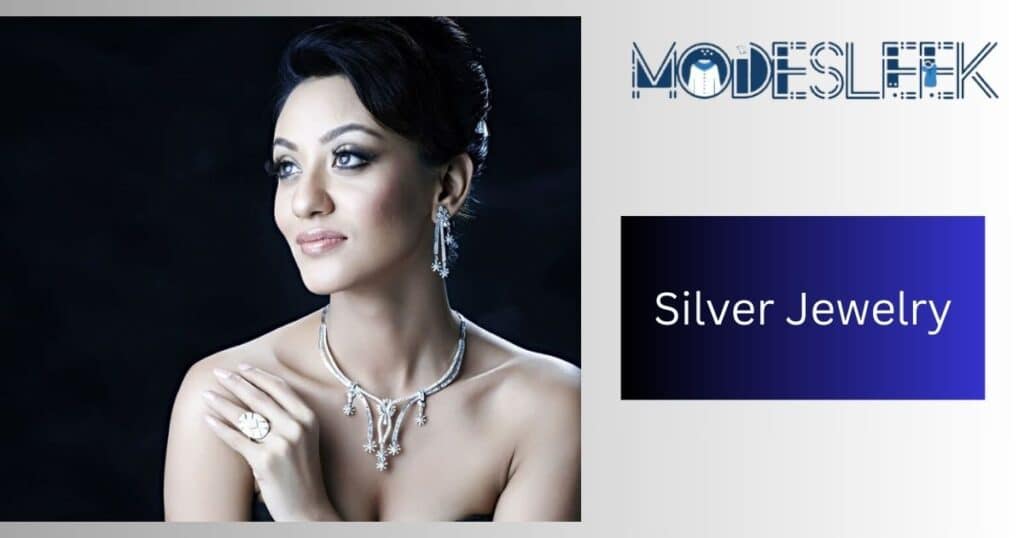
Sterling silver composition consists of 92.5% silver and 7.5% copper, making it a strong option for jewelry. However, it is prone to tarnishing and requires regular maintenance.
Platinum
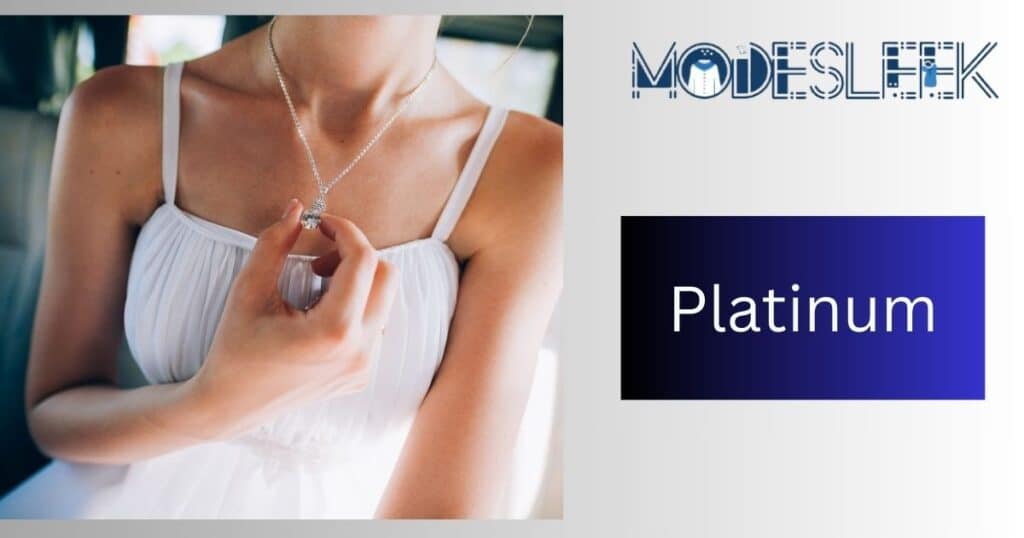
Platinum jewelry strength makes it one of the most durable metals available. It is hypoallergenic and resistant to tarnish, making it an excellent choice for daily wear. Although it comes with a higher price tag, its longevity and low maintenance needs often justify the cost.
Advantages of Wearing Everyday Jewelry
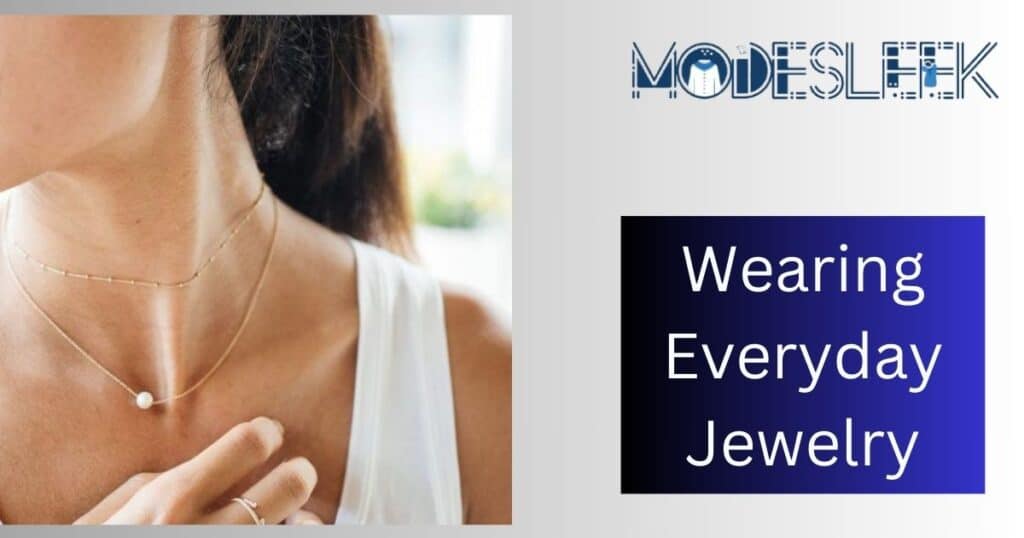
The choice of jewelry you wear every day can significantly impact your lifestyle. Here are some advantages:
- Personal Style: Wearing jewelry daily allows you to express your personal style, making it easier to coordinate outfits.
- Comfort: Durable and hypoallergenic pieces ensure comfort throughout the day, reducing the risk of irritation or discomfort.
- Convenience: Selecting low-maintenance pieces means less time worrying about upkeep and more time enjoying your jewelry.
Jewelry Care Tips for Daily Wear
Consider the following jewelry care tips:
- Regular Cleaning: Clean your jewelry regularly with a soft cloth to remove dirt and oils. For silver, use a silver polishing cloth.
- Avoid Moisture: Moisture-resistant jewelry is ideal for daily wear, but it’s still essential to remove pieces when showering or swimming to prolong their life.
- Store Properly: Store your jewelry in a cool, dry place, ideally in separate compartments to prevent scratches.
- Check for Damage: Regularly inspect your pieces for signs of wear, such as loose stones or damaged clasps, and have them repaired promptly.
Understanding Tarnish and Jewelry Tarnish Prevention
Tarnishing occurs when metal reacts with oxygen and other environmental elements. Here’s how to prevent tarnish:
- Choose Tarnish-Resistant Jewelry: Opt for materials like 10k gold, 14k gold, and platinum, which are less prone to tarnishing.
- Avoid Exposure to Chemicals: Stay away from harsh chemicals found in household cleaners, perfumes, and cosmetics, which can accelerate tarnishing.
- Use Anti-Tarnish Strips: Place anti-tarnish strips in your jewelry box to absorb moisture and prevent tarnishing.
The Impact of Oxidant Exposure Effects on Jewelry
Certain materials can negatively react with oxidants, causing discoloration and damage. Understanding how oxidants affect your jewelry is crucial for maintenance. Here’s how to minimize exposure:
- Limit Contact with Chemicals: Avoid wearing jewelry when using cleaning agents or applying makeup to reduce oxidant exposure.
- Choose Hypoallergenic Options: Nickel-free jewelry is less likely to cause reactions that lead to tarnishing or discoloration.
Choosing Affordable Everyday Jewelry
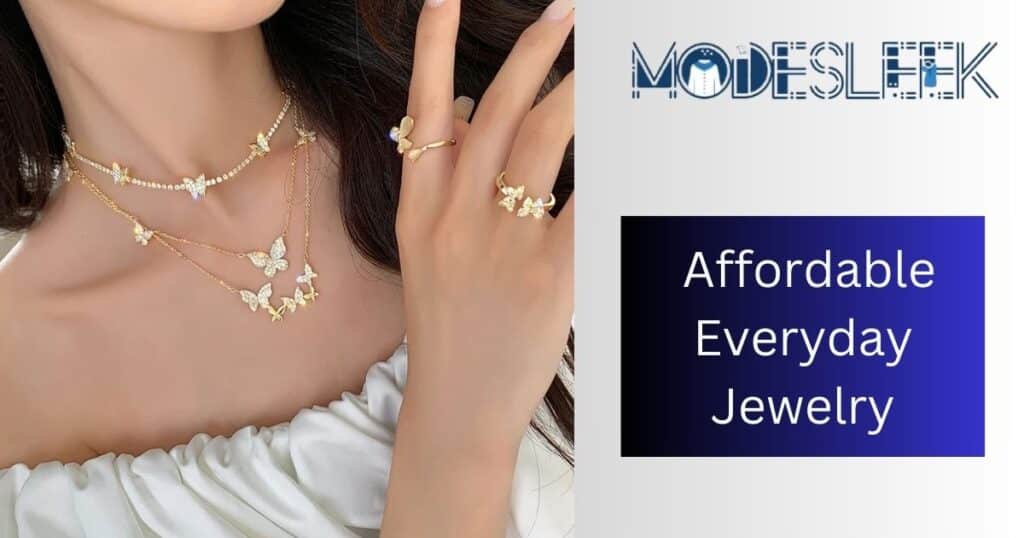
Here are some options:
- 10k Gold Jewelry: Known for its durability and low cost, 10k gold is a practical choice for daily wear.
- Sterling Silver Pieces: Affordable and versatile, sterling silver is a great option if you are willing to invest time in maintenance.
- Fashion Jewelry: Many brands offer trendy pieces at lower price points that can be perfect for casual wear.
Comparison Table of Gold Karat Types
| Karat Type | Gold Content (%) | Other Metals (%) | Durability | Hypoallergenic | Ideal for Everyday Wear |
|---|---|---|---|---|---|
| 10k | 41.7 | 58.3 | High | Yes | Yes |
| 14k | 58.3 | 41.7 | Medium-High | Yes | Yes |
| 18k | 75 | 25 | Medium | Yes | Occasionally |
| 22k | 91.7 | 8.3 | Low | Yes | Ceremonial Use |
| 24k | 100 | 0 | Very Low | Yes | Rarely |
FAQs
What does the term “karat” mean in gold jewelry?
Karat refers to the purity of gold in a piece of jewelry. It is measured on a scale from 1 to 24, with 24 karats representing pure gold. For example, 18 karat gold contains 75% gold and 25% other metals, while 14 karat gold has 58.3% gold and 41.7% other metals. The higher the karat number, the purer the gold content.
Is 10k gold worth buying?
Absolutely! 10k gold is a great choice for everyday jewelry. It offers excellent durability and is more affordable than higher karat gold options. While it contains less gold (41.7%), the alloying metals make it strong enough to withstand daily wear, making it ideal for rings, bracelets, and necklaces.
How do I care for my gold jewelry?
Caring for your gold jewelry is essential to maintain its appearance and longevity. Here are some tips:
Store your pieces separately to avoid scratches.
Clean them regularly with mild soap and warm water, using a soft cloth.
Avoid exposing them to harsh chemicals, like chlorine and bleach.
If your jewelry has intricate designs, consider having it professionally cleaned occasionally.
Can people with sensitive skin wear gold jewelry?
Yes, many people with sensitive skin can wear gold jewelry, but it’s essential to choose the right karat. 18k gold and higher karat options are typically hypoallergenic, meaning they contain fewer alloying metals that may cause reactions. If you’re particularly sensitive, 24k gold is pure and free of alloys, making it an excellent choice.
Why is 24k gold not suitable for everyday wear?
While 24k gold is pure and ideal for those with sensitive skin, it is very soft and malleable. This softness makes it prone to scratches and dents, which can occur easily during daily activities. Therefore, 24k gold is best reserved for special occasions, ceremonial use, or pieces that won’t see much wear and tear.
Conclusion
Choosing the right everyday pieces requires a blend of style, durability, and comfort. Understanding different gold karat types, their compositions, and maintenance needs can help you make informed decisions. Opting for tarnish-resistant options and following proper care tips allows you to enjoy your beautiful pieces daily without worrying about wear and tear.
With a variety of choices like 10k gold, 14k gold, and platinum, there’s something for everyone. Remember that wearing accessories should enhance your style, not complicate your life. By prioritizing durability and low maintenance, you can find the perfect items to wear every day and indulge in the luxury of beautiful designs in your daily routine.

Lily Rose is an experienced website content writer with over 5 years of expertise in crafting engaging and informative content. She runs her personal blog, sportrevup.com, where she shares insights and updates on a variety of topics. Lily is dedicated to delivering high-quality content that captivates and informs her readers.

